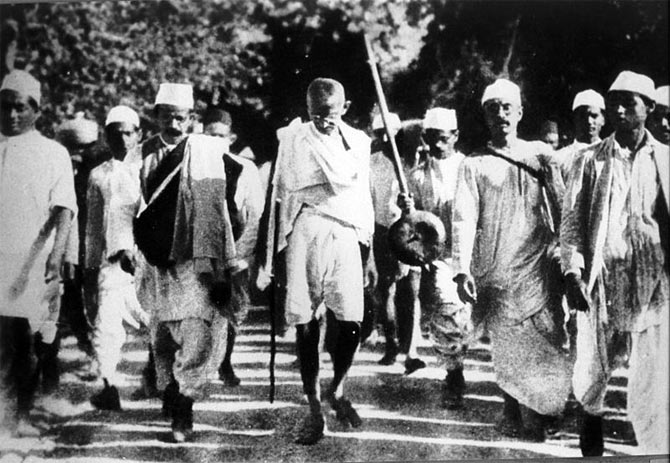By Soroor Ahmed for Twocircles.net
The year of 2017 started with a grand Prakash Utsav, the 350th birth anniversary of Guru Govind Singh in Patna, the year would be remembered for various other centenary celebrations.
This year also marks a century of the then US President, Woodrow Wilson’s decision on April 6 to join World War-I in favour of Britain and allies and against Germany and Austria-Hungary empire. The United States abandoned neutrality after German submarines started sinking its commercial ships in North Atlantic.
Exactly a hundred years later, the United States has a new President, Donald Trump, whose foreign policy is a significant departure from the past. He believes in befriending Russia, which incidentally witnessed two revolutions in 1917. The second revolution in November of that year brought Communists to power and was subsequently followed by over seven decades of Cold War. It ended after the collapse of Communism and disintegration of the then Soviet Union on December 25, 1991.
The year, 1917 is also famous for Balfour Declaration (Nov 2), which led to the creation of the Jewish homeland in Palestine. Thus Israel came into existence on May 14, 1948, after three decades of British and French mandate on Palestine and Syria respectively. They were part of Ottoman Empire till Allied forces occupied them at the height of World War-1. The United States too played a key role in the creation of Israel. But US-Israel relationship deteriorated a bit under President Obama. Trump is likely to restore the old bond.
These related developments in 1917 paved the way for the US intervention outside the western hemisphere and its subsequent involvement in rest of the world.
As Europe was embroiled in World War-I, in India, Gandhi posed the first big challenge to the British by launching his Satyagrah movement from Champaran (Bihar) in 1917. It established Gandhi as the mass leader of the country. Thirty years later, he led India to independence.
What is not much highlighted is that Gandhi, who had witnessed first-hand the sufferings of indentured labourers in South Africa, campaigned against this practice of bonded servitude which started after the abolition of slavery in England in 1834. Once again it was in 1917 that the system of indentured labours was officially abolished.
During these years, lakhs of labourers from the sub-continent were taken to work as plantation workers in Caribbean islands, South Africa, Pacific island countries, Mauritius etc. Many perished while others could never return home.
A hundred years later, their descendants, living in the far away land, are celebrating the centenary year with a touch of nostalgia for the land of their roots. Over the years they have risen to top in respective countries.
On November 19, 1917, that is just 12 days after the Russian Revolution, Indira Gandhi, who later went on to become the third prime minister of India, was born. A century later her party, the Indian National Congress, is at its weakest level. The irony is that she has been remembered more in the last two and a half years of the Narendra Modi government than the previous three decades (1984-2014) after her death. This is so in spite of the fact that Congress was in power for 20 out of 30 years. The reason is simple: critics find some traits of her in the present prime minister. Modi’s rivals allege that while Indira Gandhi imposed Emergency there is an undeclared Emergency in India under him.
Not to miss, 2017 marks the 200th birth anniversary of Sir Syed Ahmad Khan (Oct 17), who in 1875 established Mohammadan Anglo-Oriental College, which in 1920 became Aligarh Muslim University.
While critics do appreciate his contributions towards introducing British system of education among post-1857 Muslims, they are also of the view that AMU later in 1940s went on to become the nursery of the Pakistan movement. Post-independence, Maulana Azad as the first education minister of India, tried to restore its secular credentials.


